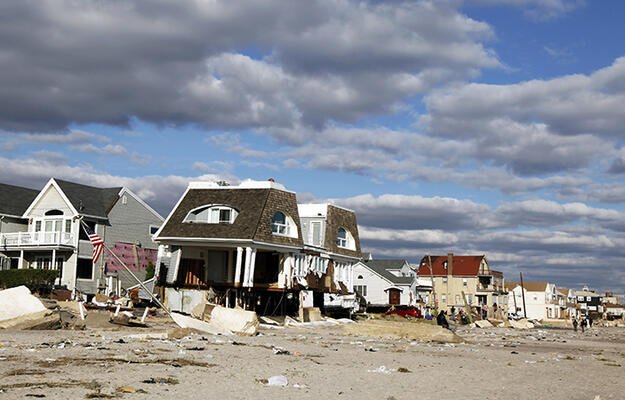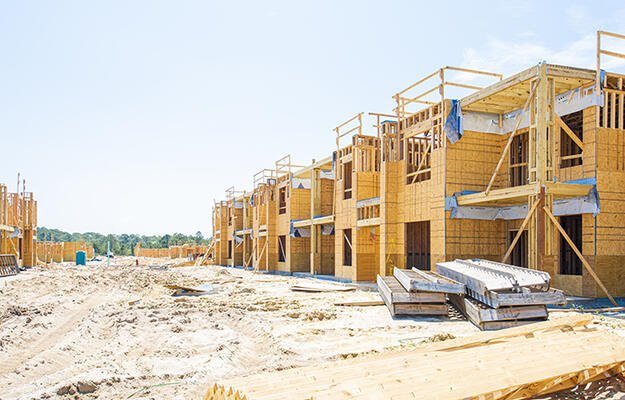
Philadelphia Gentrification Study Shows Harms to More Vulnerable
- Title:
- Philadelphia Gentrification Study Shows Harms to More Vulnerable
- Author:
-
Lei Ding, Jackelyn Hwang, and Eileen Divsingi
- Source:
-
Federal Reserve Bank of Philadelphia; https://www.philadelphiafed.org/community-development/
- Publication Date:
-
October 2015
What happens to vulnerable families when neighborhoods gentrify? A study published by the Federal Reserve Bank of Philadelphia, A Practitioner’s Summary: Gentrification and Residential Mobility in Philadelphia, examined mobility patterns and finances of Philadelphia households and the relationship with gentrification. Using a definition of gentrification as neighborhood changes that include a rise in housing values and an influx of higher-income residents, 56 out of 184 lower-income census tracts were gentrifying between 2000 and 2013. The remaining 181 neighborhoods were not low-income in 2000, and therefore not able to gentrify.
Philadelphia’s gentrifying neighborhoods exhibited income increases and reductions in the poverty rate that ran counter to patterns in the remainder of the city. In Philadelphia’s gentrifying neighborhoods, median household income rose by an average of 41.9 percent from 2000 to 2013. Median household income dropped by an average of 18.2 percent in the city’s non-gentrifying areas. In gentrifying neighborhoods, the poverty rate dropped 4.3 percentage points, compared with a 4.8 percentage point rise in the poverty rate in non-gentrifying neighborhoods.
Major findings:
- Residents of gentrifying neighborhoods were more likely to move, but typically not to a lower-income neighborhood.
- Around 10 to 15 percent of residents ages 18 to 84 moved out of a gentrifying neighborhood from 2003 to 2014, compared with around 7 to 10 percent in non-gentrifying low-income neighborhoods.
- After controlling for other factors, residents in gentrifying neighborhoods have a slightly higher chance of moving than residents of other neighborhoods. Mobility is highest in neighborhoods with intense gentrification or experiencing a continuation of gentrification that started prior to 2000.
- In neighborhoods with less intense gentrification, the combination of new development and high vacancy rates may minimize displacement risks.
- On average, residents moving out of gentrifying neighborhoods did not experience downward mobility to neighborhoods with even lower median incomes. The average, however, obscures downward mobility among residents particularly vulnerable to displacement.
- When vulnerable residents moved, they were more likely to move to a neighborhood with a lower median income than the one they left. Vulnerable refers to residents with low credit scores, those without a mortgage, and those who lived in the neighborhood longer.
- Among the vulnerable groups, only residents without a mortgage were more likely to move from gentrifying neighborhoods than other residents.
- Gentrification further limits the economic prospects of a subset of the city’s most economically vulnerable residents. When low-credit-score residents moved to another neighborhood in Philadelphia, it tended to be one with a significantly higher unemployment rate and lower median home values than the one they left.
- Residents who remained in neighborhoods experiencing intense gentrification had an average credit score increase of 23 points. Average credit score improvements were smaller for those remaining in neighborhoods with less intense gentrification.
- Residents with low credit scores who remained did not see improvement in their credit scores compared with similar low-score residents of non-gentrifying areas.
- Residents who moved experienced vastly different credit score changes depending on whether they moved to a higher or lower income area and whether they moved within the city or outside.


